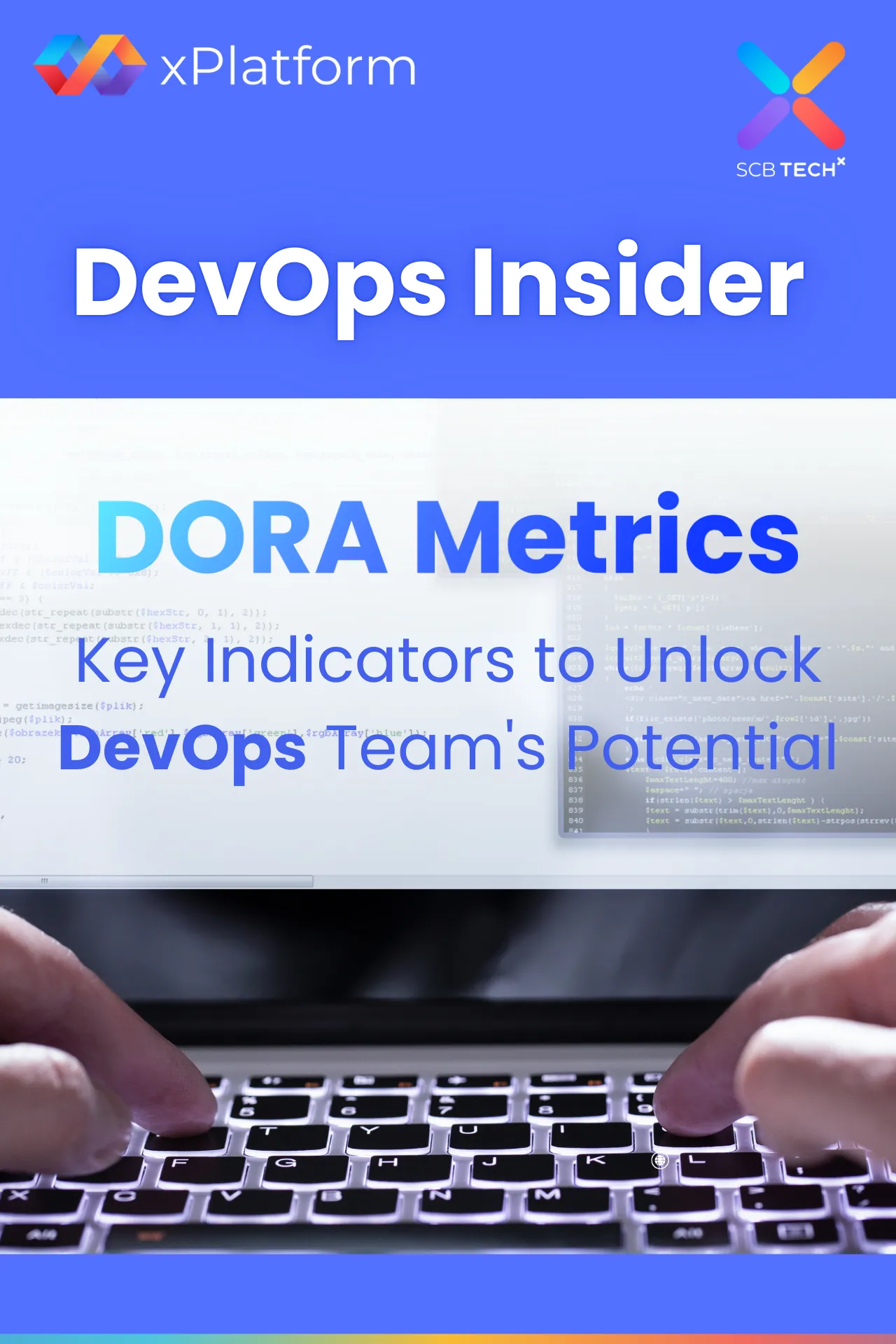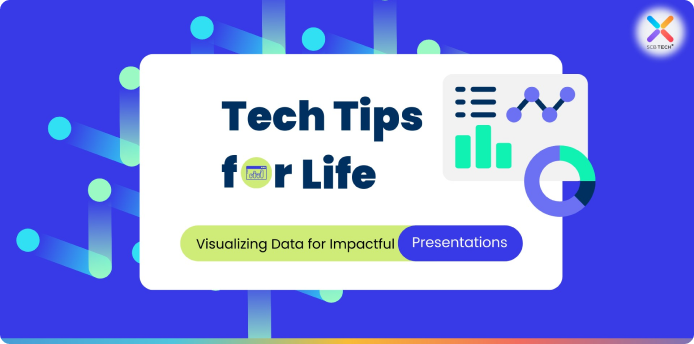
In the rapidly evolving world of AI, Large Language Models (LLMs) have become the beating heart of many applications. But the cost of calling these models is a major challenge for companies that want to use them.
You might encounter situations where LLM expenses shoot up to $5,000 in just a few days—or even a few hours. Sometimes this happens because two agents start talking to each other and get stuck in an infinite loop. Cost management is therefore critical to keep AI deployments sustainable and scalable.
This article explores strategies and tools to help reduce LLM costs effectively.
1. Choose the right model for the job
The price differences across LLMs come from several factors—especially the number of parameters, which roughly correlates with capability and compute demands. The more parameters, the more complex and costly the model is to run.
If your goal is to control spend, it’s essential to understand the price-performance trade-offs of each model. A clear example: GPT-5 is up to 25 timesmore expensive than GPT-4o mini for input tokens alone. On the flip side, open-source models like Mistral 7B don’t charge per API call, but self-hosting introduces hidden costs such as hardware and maintenance.
LLM price comparison (per 1M tokens), as of September 8, 2025

LLM Router & Model Cascading:
Instead of sending every request to the most expensive model, use a cheaper model to estimate task complexity first. For simple tasks, route to lower-cost models like GPT-4o mini or Mistral; escalate to GPT-5 only for complex or high-accuracy needs. This “cascading” approach can start with simple rules (e.g., if the question includes “calculate” or “in-depth analysis,” route to a stronger model) or use a lightweight model to score complexity and decide whether to escalate.
2. Reduce input volume
Because you pay per token sent, shrinking inputs is one of the most effective levers.
- Token compression with LLM Lingua:
Open-source tools like LLM Lingua can compress prompts by up to ~20 times by removing redundancy while preserving meaning—lowering the volume that expensive models must process. - Send less by default (lazy-loading):
Don’t pass an entire email or document if only a snippet is needed. Send subject lines or short excerpts first; let the LLM request more only if needed. This “lazy-loading” pattern ensures you pay only for genuinely necessary context. - Summarization & chunking:
Use a cheaper LLM to summarize large inputs before handing them to a stronger model for the core task. Proper chunking (splitting content into well-scoped parts) preserves context without forcing the model to read entire documents.
3. System-level alternatives & strategies
- Use non-LLM tools where possible:
For straightforward tasks (e.g., finding an “unsubscribe” link), simple code or regex is far cheaper than calling an LLM. - Caching:
Store frequent Q&A pairs. For similar queries later, return cached answers instantly—saving both time and money. - Self-hosting or user-hosted LLMs (Web LLM):
In some cases, running models yourself—or in the user’s browser—reduces API costs and improves privacy. Weigh this against ongoing expenses: hardware, maintenance, and electricity. Web LLMs can download multi-GB models into the browser and run them locally without sending data to a server. - Agent memory management:
Agent apps often feed the entire conversation history back into the model each turn. Adopt Conversation Summary Memory (summarize older content) or Summary Buffer Memory (keep recent details, summarize the rest) to keep contexts tight.
4. Monitoring & guardrails
Understanding where your LLM spending comes from is essential.
- Track cost per user and per action:
OpenAI’s dashboard shows overall spend, but you’ll need finer-grained telemetry to see which users, features, or workflows drive cost. - Use observability tools:
Build your own with platforms like Tinybird, or adopt purpose-built tools such as Langfuse and Helicone. Capture fields like: User ID, timestamp, input/output tokens, cost, model, and action label. This visibility helps pinpoint waste. - Set usage limits:
Configure API usage caps to prevent runaway costs (e.g., infinite agent loops) from snowballing.
Reducing LLM costs isn’t purely a technical problem—it also requires sound process design and product thinking. By picking the right models, trimming inputs, leaning on cheaper alternatives where appropriate, and rigorously monitoring usage, you can build high-performing AI applications while keeping spend sustainable.
Follow SCB TechX for the latest technology insights and stay ahead with strategies that give your business a competitive edge in the digital era.
Facebook: https://www.facebook.com/scbtechx
inkedIn: https://www.linkedin.com/company/scb-tech-x/?viewAsMember=true
Price reference:
OpenAI Pricing: https://platform.openai.com/docs/pricing




